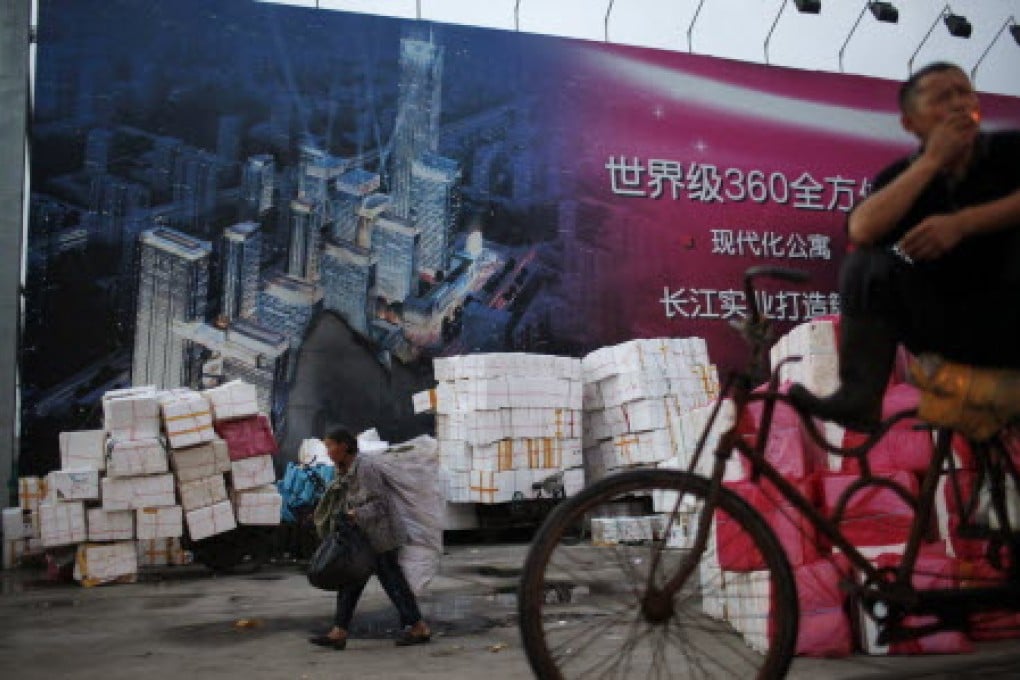Macroscope | Mainland China’s perpetual QE and its many losers

In 1983, the People’s Bank of China had just risen from being a junior sidekick to the Ministry of Finance to an equal entity within the government. A staffer from the US Federal Reserve who visited the PBOC, where I was a graduate cadet at the time, explained why an independent monetary policy was a wonderful thing before asking why China had not made its central bank independent of the government.
With no trace of irony, my superior replied, “that would be very inconvenient!” The visitor almost laughed himself off his chair.
Last week, US President Barack Obama stressed in his State of the Union speech, inequality has become a major challenge for US society. What he did not say is that the QE (quantitative easing of the monetary policy) since 2008 has made a key contribution to the worsening of inequality. As Europe digs deeper into the QE hole, everyone pretends there is no link between QE and inequality. But sadly there is. Just look at how convenience in mainland central banking has created massive inequality.
Apart from corruption, the biggest factor behind the mainland’s inequality is asset inflation
While the term QE was invented in the United States, mainland China has proven to be the most daring in practising it. In its “annual credit plan”, the PBOC makes liberal predictions on the banking sector’s deposits and loan demand, and plugs the gap by making loans directly to each bank. It also extends additional loans as it sees fit during the year. No collateral is ever needed. For many years, the banks’ loan-to-deposit ratios far exceeded 100 per cent. For the mainland’s banks (rapidly growing from just one in 1983 to several thousand today), bargaining with the central bank has been the most lucrative game: they borrow from the central bank at 1 per cent to 2 per cent annual rates, and lend out at 6 per cent to 8 per cent.
When Western observers warn of the rapid growth of the balance sheets of the US Federal Reserve and the European Central Bank on the back of their QE actions, it is worth pointing out that the Fed’s balance sheet of about US$4.5 trillion and the ECB’s US$2.7 trillion are still far smaller than the PBOC’s US$5.5 trillion – even though the mainland has a much smaller economy.
On the mainland, a vicious cycle has lasted 36 years: rapid credit growth leads to high inflation (and expectations of higher inflation) which makes the controlled interest rate seem low (and even negative) in real terms. That, in turn, encourages borrowing, which the central bank is often too happy to accommodate. Even in 2014, the third consecutive year of “economic slowdown”, the mainland still recorded a money supply growth of more than 12 per cent.
Apart from corruption, the biggest factor behind the mainland’s inequality is asset inflation, with the root cause being its perpetual QE. New credit flows constantly into state-owned companies and well-connected private businesses. Low interest rates on deposits rip off savers on the one hand and subsidise borrowers on the other. To benefit from asset inflation (mainly in real estate), you have to have assets and, more importantly, leverage. But access to credit has been a watershed between winners and losers.
